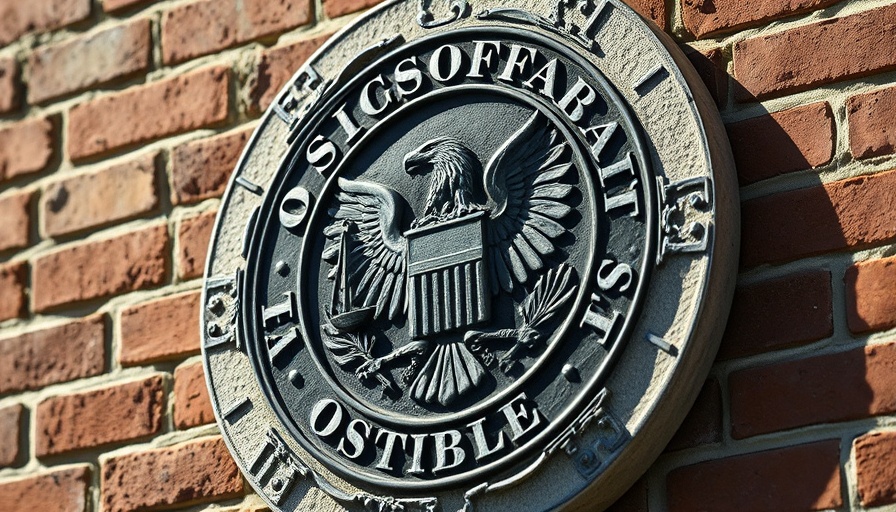
Navigating the Changing Regulatory Landscape
The Securities and Exchange Commission (SEC) and the Commodity Futures Trading Commission (CFTC) are embarking on a mission that could redefine how financial markets operate in the U.S. By harmonizing regulations, these agencies aim to create clearer frameworks that not only enhance efficiency but also support the growth and innovation of the capital markets.
Understanding the Aim of Harmonization
In a recent joint statement, SEC Chairman Paul S. Atkins and CFTC Acting Chairman Caroline D. Pham emphasized a new approach toward regulation that fosters progress. They expressed a commitment to reducing barriers that hinder market efficiency and creating an environment where innovation can thrive.
This shift comes against the backdrop of a rapidly evolving fintech landscape, where trends in digital currency and crypto are gaining momentum. The need for a regulatory framework that adapts to technological advancements is crucial for businesses, especially those generating substantial revenues that seek to scale efficiently.
Insights from the Joint Roundtable
The much-anticipated joint roundtable on September 29 promises to shed light on specific harmonization priorities. Open to public participation and streamed live, this forum represents a crucial opportunity for stakeholders to engage with regulators and voice their perspectives. As business owners, understanding these discussions and their implications for market practices could prove beneficial in aligning operational activities with future regulatory changes.
The First Steps Towards Crypto Inclusion
Another significant development is the SEC and CFTC’s collaborative effort concerning spot crypto assets. Their recent announcement clarifies that registered exchanges are not barred from facilitating trading in certain crypto products. This speaks volumes about their intent to embrace fintech innovations, providing businesses engaging in digital currencies with the freedom to operate within established regulations.
The Future of Financial Regulations: A Call for Innovation
By harmonizing definitions and standards between the SEC and CFTC, these agencies can pave the way for more streamlined operations in capital markets. Such changes might include aligning capital and margin frameworks, revamping reporting standards, and offering coordinated innovation exemptions. For business owners, this means a potential reduction in compliance costs and an increased ability to adapt swiftly to market changes.
Implications for Business Owners
For entrepreneurs and executives managing businesses with annual revenues ranging from $2 million to over $10 million, the implications of these regulatory shifts are far-reaching. The better understanding of market dynamics and regulatory frameworks can better position companies to secure funding and enhance transparency.
As financial markets transition, staying informed and proactive is paramount. Business owners should monitor these regulatory discussions closely, as they can impact operational strategies, risk assessments, and market engagement techniques. The harmonization of regulations is not just a compliance formality; it’s an opportunity for competitive advantage.
Take Action: Stay Engaged and Educated
Engaging with ongoing discussions around regulatory developments is essential for capitalizing on emerging opportunities. Consider participating in forums, seeking insights from financial advisors, and educating your teams about potential operational changes. By fostering a culture of awareness, your business can be better prepared to thrive amidst evolving regulations.
 Add Row
Add Row  Add
Add 



Write A Comment